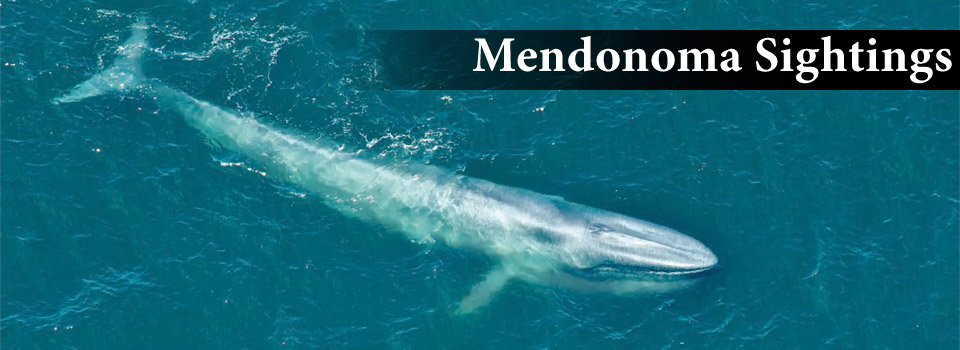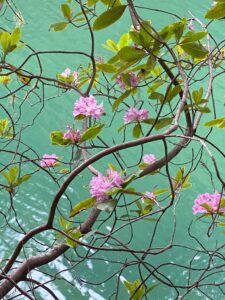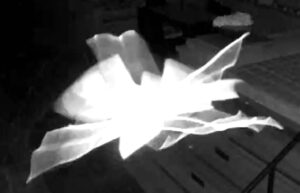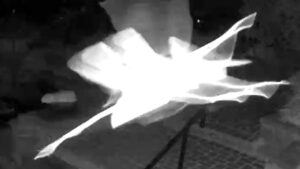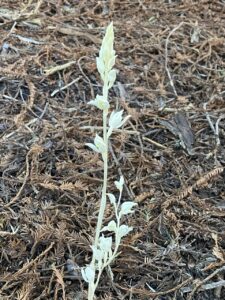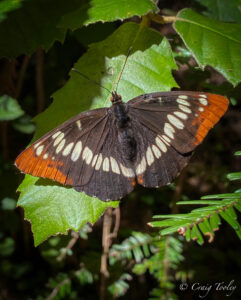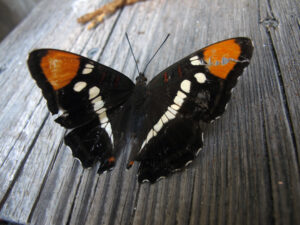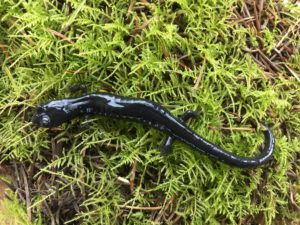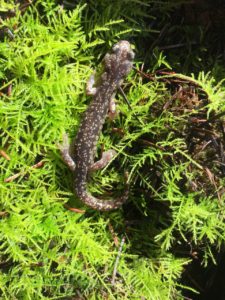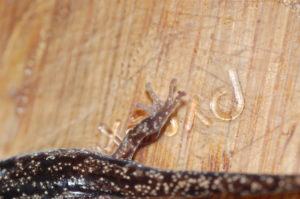Pacific Rhododendrons, also called California Rhododendrons, Rhododendron macrophyllum, often begin blooming in May. Their delicate blooms extend into the first part of June, and you can see them now, along with the native Azaleas. Laura Baker was at Mill Bend overlooking the Gualala River when she spotted this beautiful sight.
Mill Bend is the latest acquisition by our fabulous land conservancy, the Redwood Coast Land Conservancy. You can read more about Mill Bend and RCLC's other public access spots at this link: https://www.rclc.org/
Thanks to Laura for allowing me to share her photo with you here.
It's warm here today with very little wind. Clouds are beginning to appear as changes seem to be afoot in the weather department. Rain is predicted for the weekend, and wouldn't that be a blessing!
